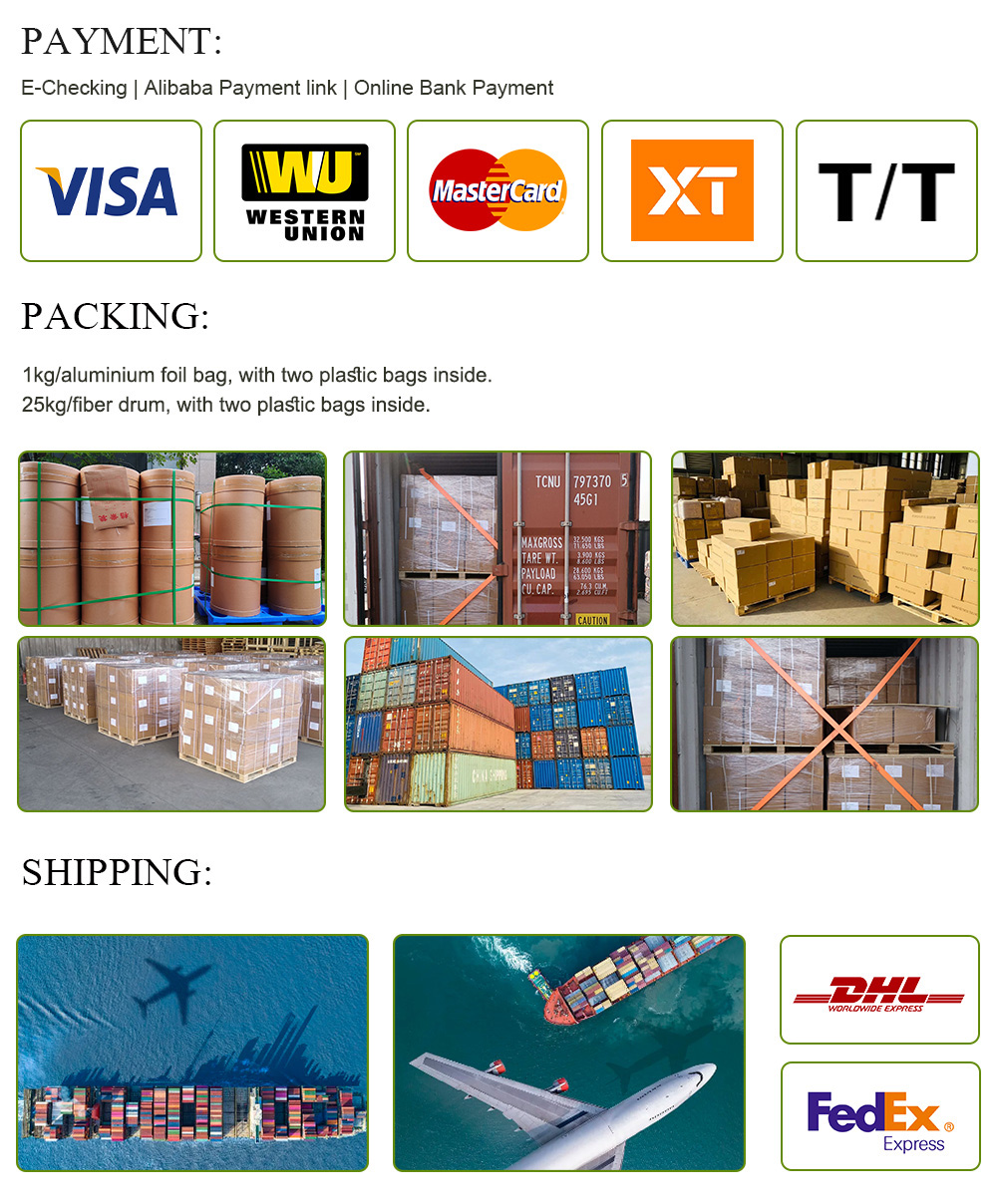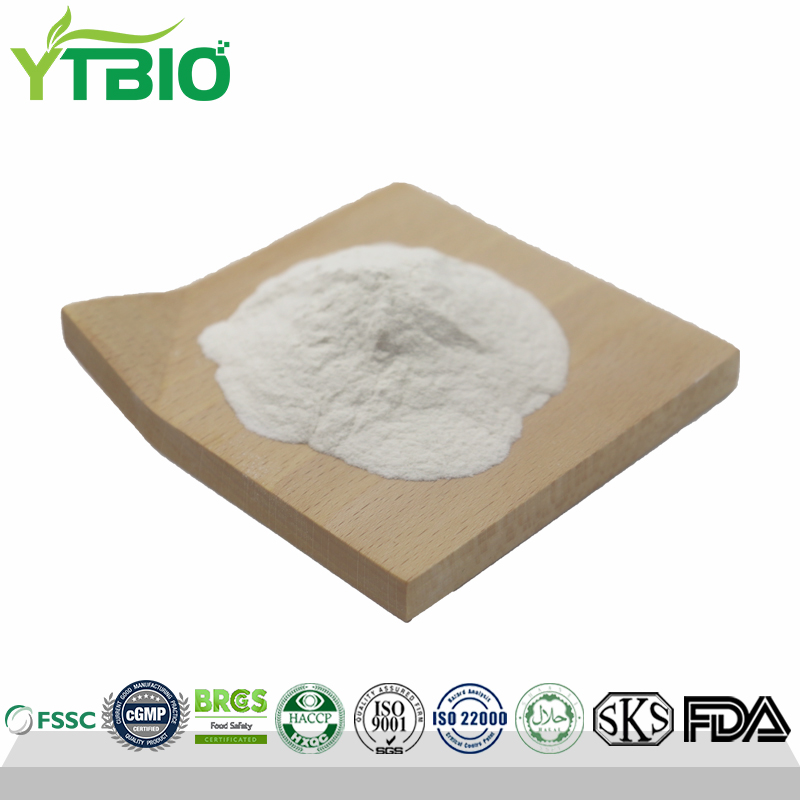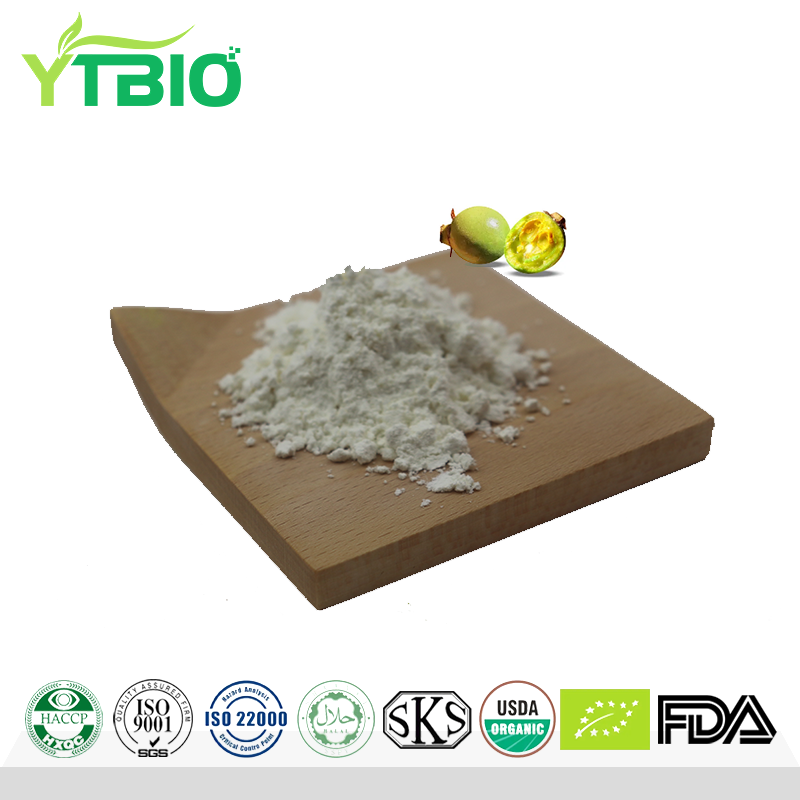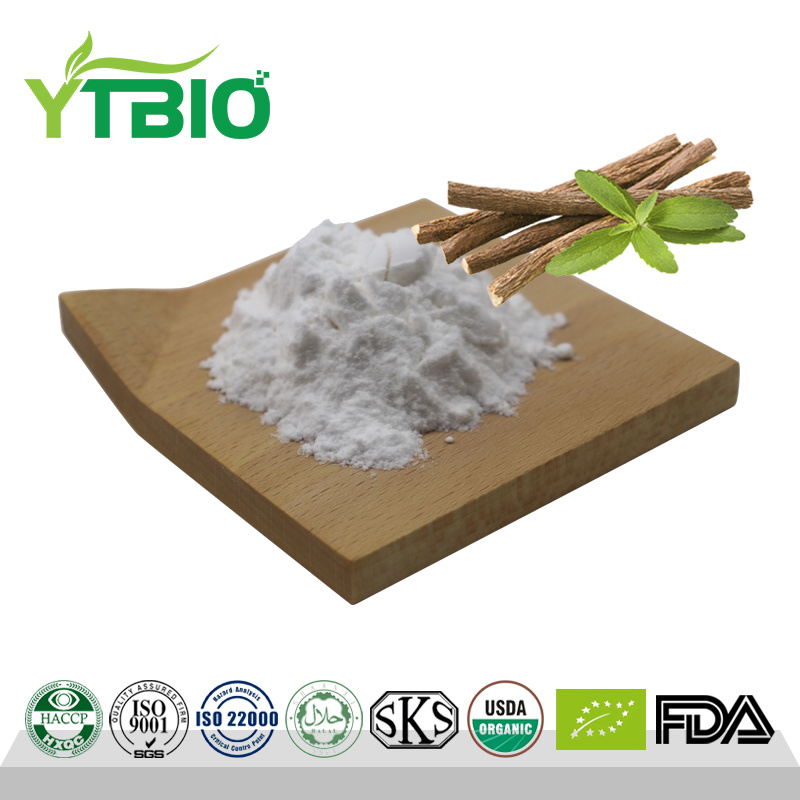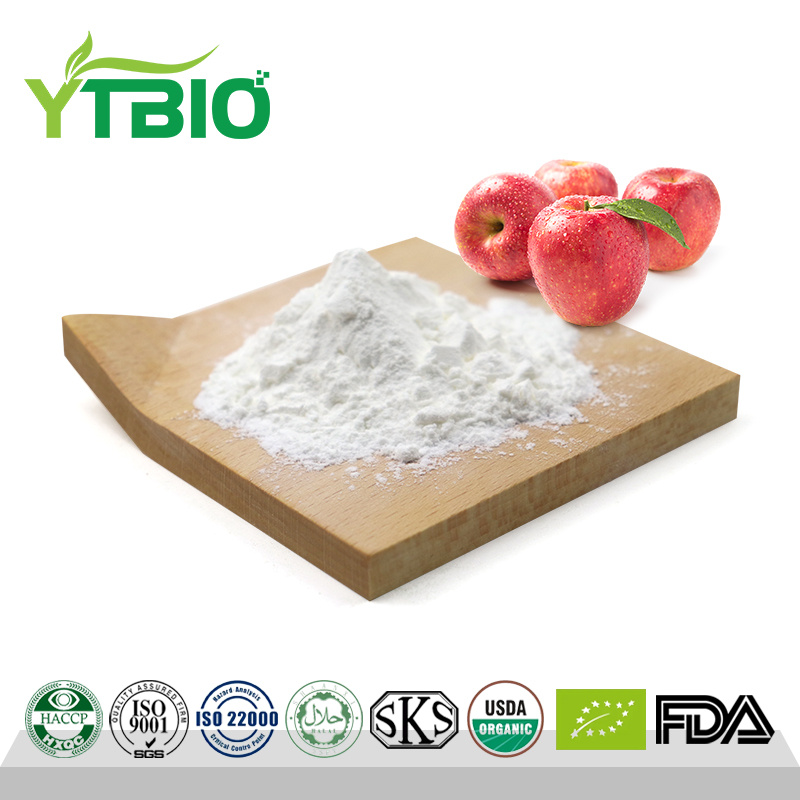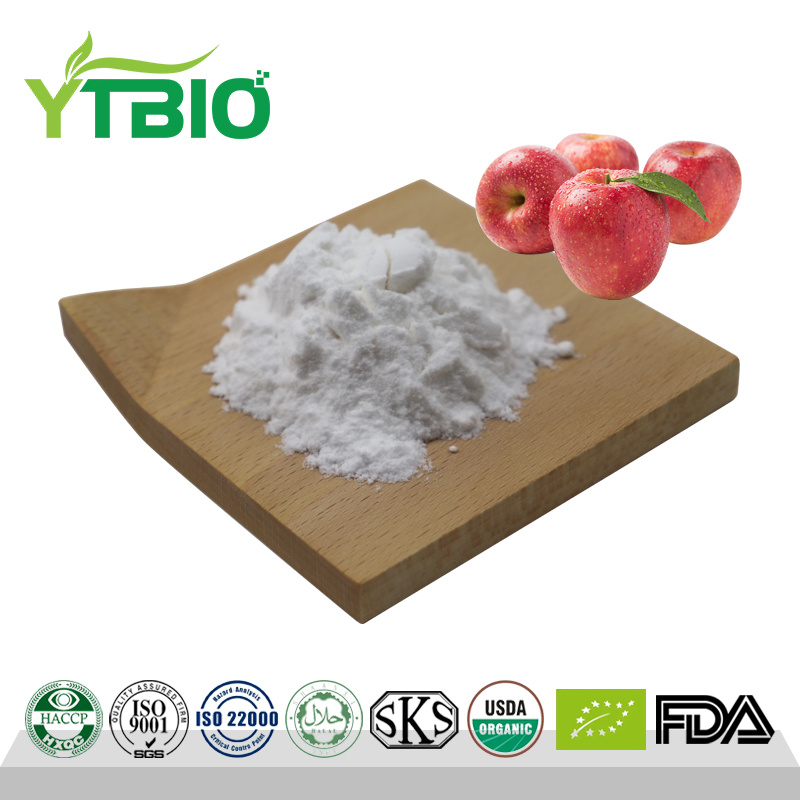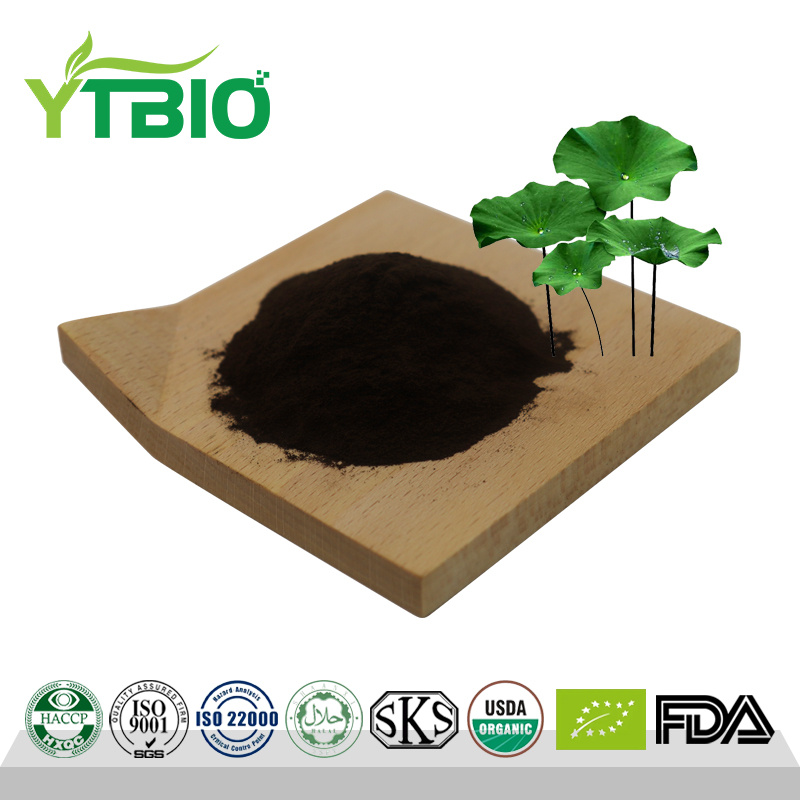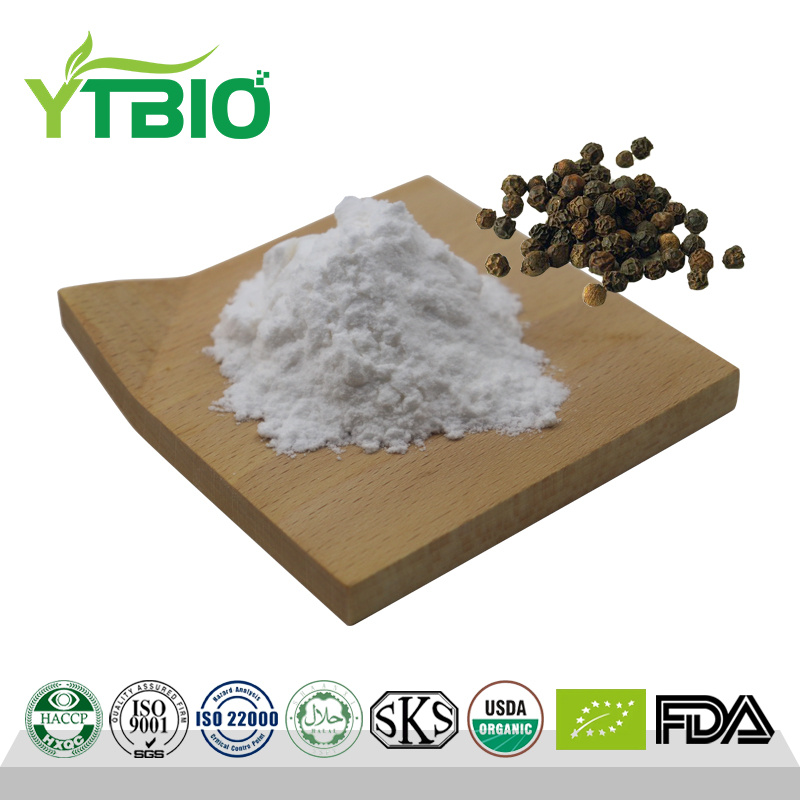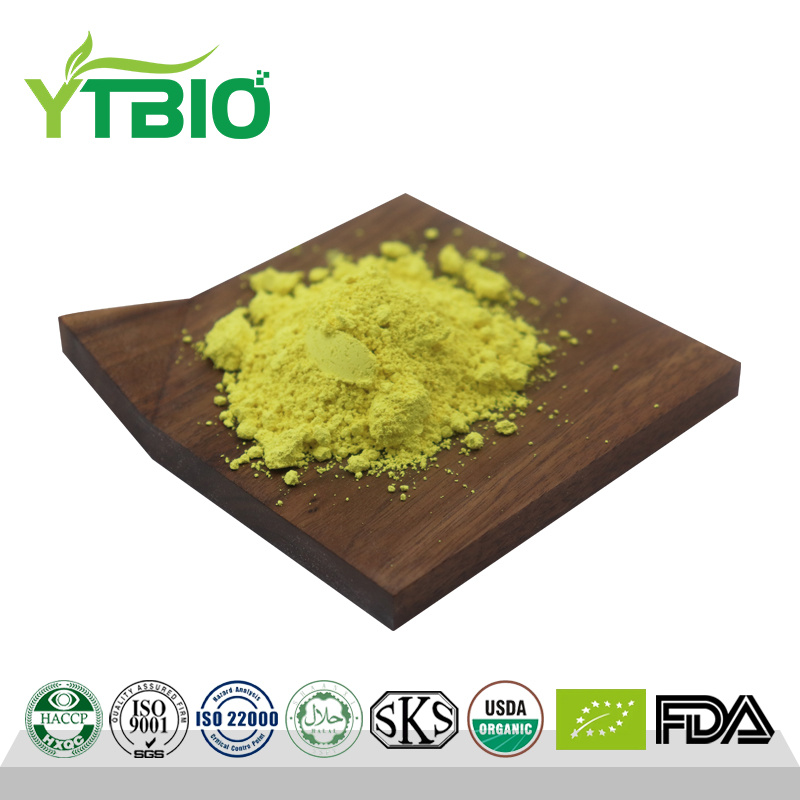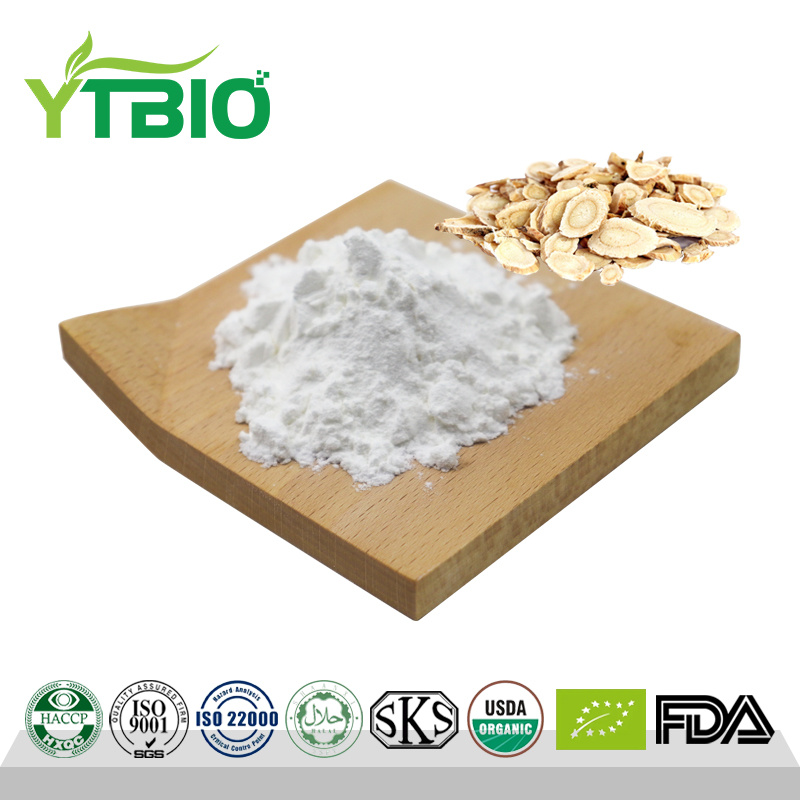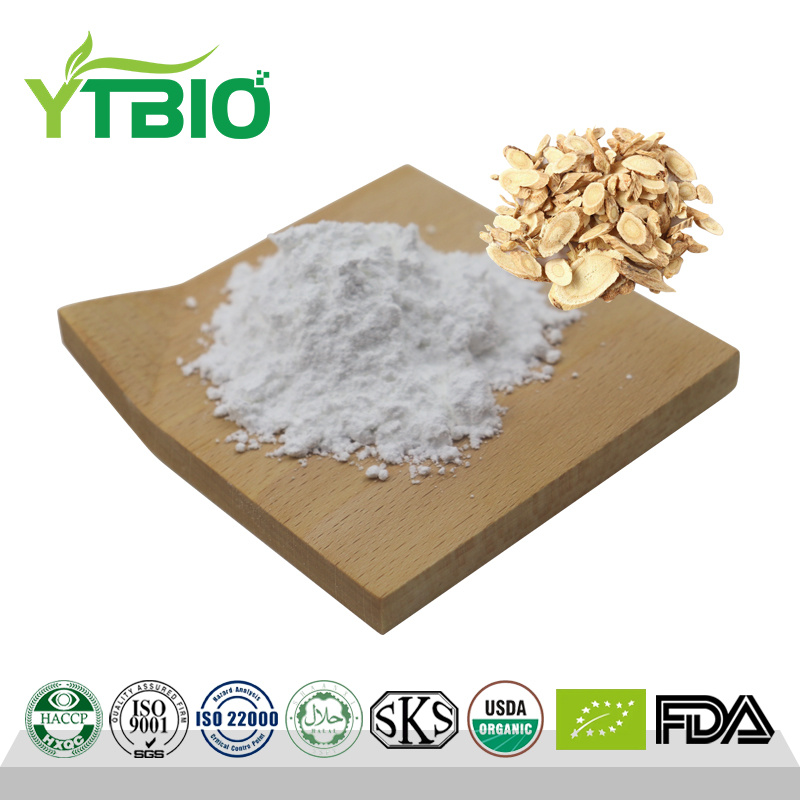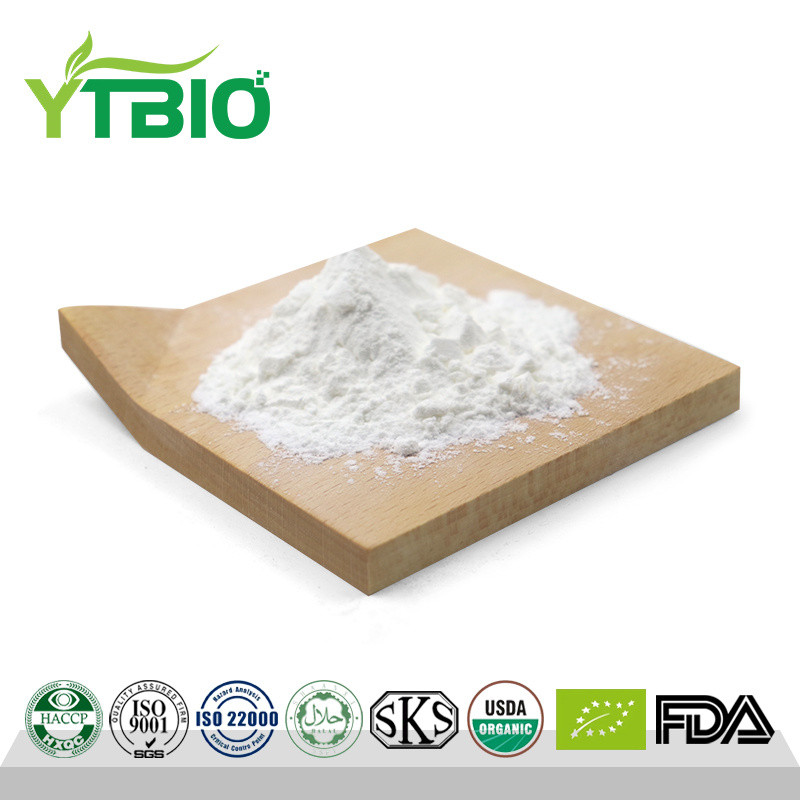98% Pullulan Powder CAS 9057-02-7
What is pullulan?
Pullulan is a natural water-soluble polysaccharide produced by the fermentation of Aureobasidium pullulans, discovered by R. Bauer in 1938. Its molecules are primarily composed of maltotriose units connected by α-1,6-glycosidic bonds, with an average molecular weight of 2×10⁵ Da (approximately 480 maltotriose units). Pullulan has unique structures and properties, including high solubility, film-forming ability, gas barrier properties, plasticity, and viscosity, while being non-toxic, colorless, tasteless, and easily soluble in water.
Due to its excellent performance, pullulan is widely used in industries such as pharmaceuticals, food, petroleum, and chemicals. It can serve as a coating agent and thickener in candies, chocolate coatings, films, compound seasonings, and fruit and vegetable juice beverages. It also plays an important role in food packaging, fruit preservation, and pharmaceutical capsule formation. Additionally, pullulan has good oxygen barrier properties, and the film it forms is stable, environmentally friendly, and biodegradable by microorganisms, earning it the nickname "pollution-free plastic."
As one of the new food additives, pullulan has been used in Japan for over 20 years and has been granted GRAS (Generally Recognized As Safe) certification by the United States. Its raw materials are abundant (such as glucose, sucrose, or starch), and it is produced through microbial fermentation. Pullulan has broad application prospects and economic value in pharmaceutical manufacturing, food packaging, agriculture, and tobacco processing.
Characteristics of Pullulan
Non-toxic and Safe
Pullulan has undergone acute, sub-acute, chronic toxicity, and mutagenicity tests, and even at the LD50 (lethal dose) limit of 15g/kg, it does not cause toxicity or abnormal conditions in organisms. Therefore, it is very safe for use in the food and pharmaceutical industries.
Solubility
Pullulan dissolves rapidly in cold or warm water, with a dissolution speed more than twice as fast as carboxymethyl cellulose or sodium alginate. Its solution is neutral, non-ionic, non-gelling, and non-crystallizing. It can be mixed with other water-soluble polymers such as carboxymethyl cellulose and sodium alginate, but is insoluble in organic solvents like ethanol and chloroform.
Stability
Pullulan has a linear molecular structure, with low viscosity in aqueous solutions, and does not form a colloid. It is not easily affected by pH or salts (such as table salt), maintaining stable viscosity. When mixed with elements like boron or titanium, the viscosity increases sharply. It may partially decompose and lose viscosity if the pH is below 3 or if exposed to prolonged heating.
Lubricity
Although it has low viscosity, pullulan is a Newtonian fluid and has excellent lubricity, making it suitable for composite seasonings like sauces.
Adhesion and Gelation
Pullulan has strong adhesion and can dry and adhere stably to foods, especially dry foods, after spraying. Its gelation ability is strong, making it suitable as a binder for tablets or granules.
Film Coating
Pullulan has excellent coating properties and can easily coat surfaces of food, metals, etc. Its aqueous solution forms a colorless, transparent, and strong water-soluble film with gas barrier properties, fragrance retention, oil resistance, and electrical insulation. It can be used to add gloss and preserve freshness on the surface of food.
Degradability
Pullulan is a non-digestible polysaccharide, similar to cellulose and agar, and does not decompose under animal digestive enzymes within a few hours. This property makes it useful for producing low-calorie foods and beverages.
Improves Texture and Moisture Retention
Adding small amounts of pullulan can improve the texture, retain moisture, enhance mouthfeel and quality, prevent aging, and increase yield in food products.
Molding and Spinning
Pullulan can be easily molded or spun into edible, water-soluble products or fibers by heating and pressurizing with water.
Applications of Pullulan
Pullulan has been widely used in industries such as pharmaceuticals, food, light industry, and chemicals. As one of the newly introduced food additives, it can be used as a coating agent and thickening agent in products such as candy, chocolate coatings, films, composite seasonings, and fruit and vegetable juice beverages. The aqueous solution of pullulan has a smooth and refreshing taste, which can significantly improve the quality of food, making it an effective food quality improver and thickening agent.
In food processing, adding small amounts of pullulan can significantly enhance food quality:
● Fish cake: Enhances flavor and improves quality.
● Tofu: Retains the soybean flavor and simplifies the production process.
● Soy sauce, seasonings, pickles, sugar-boiled fish and shrimp, etc.: Stabilizes viscosity, increases thickness, and provides a smoother texture.
The multifunctional properties of pullulan make it of significant value in the food industry.

